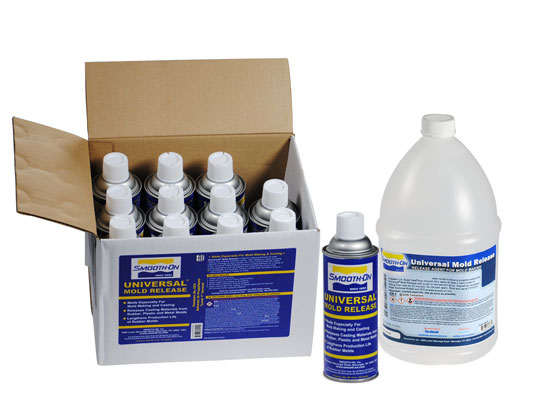In the intricate world of manufacturing, where precision and efficiency reign supreme, a hidden hero emerges – the mold release agent. This seemingly inconspicuous substance plays a pivotal role in the production process, ensuring seamless demolding and maintaining the integrity of the final product. In this blog, we will delve into the fascinating realm of mold release agents, exploring their functions, types, and the crucial role they play in various industries.
Understanding Mold Release Agents:
Mold release agents are substances applied to the surface of a mold or tool to prevent materials from sticking to it during the molding process. Whether you’re working with plastics, rubber, composites, or even metals, the use of a reliable mold release agent is essential for achieving high-quality and defect-free products.
Functions of Mold Release Agents:
- Facilitating Demolding: One of the primary functions of mold release agents is to facilitate the demolding process. By reducing the adhesion between the mold and the material being molded, these agents ensure a smooth and easy release of the finished product. This is particularly critical in industries where intricate or delicate designs require a meticulous demolding process.
- Surface Finish Enhancement: Mold release agents also contribute to improving the surface finish of the molded product. They help in preventing surface defects, such as scratches or blemishes, and promote a uniform and aesthetically pleasing appearance. This is crucial in industries where the visual appeal of the final product is of paramount importance.
- Tool Protection: The application of mold release agents serves a dual purpose by not only aiding in demolding but also protecting the mold or tool itself. The reduction of friction and wear on the mold surface prolongs its lifespan, ensuring that it remains in optimal condition for an extended period.
Types of Mold Release Agents:
- External Release Agents: These agents are applied directly to the mold surface before each molding cycle. They form a thin film between the mold and the material, facilitating easy release.
- Internal Release Agents: Internal release agents are added directly to the material being molded. They are especially useful in processes where external application may be challenging.
- Semi-Permanent Release Agents: These agents offer a balance between external and internal release agents. They are applied to the mold but provide multiple releases before reapplication is necessary.
Applications in Various Industries:
- Plastics Industry: Mold release agents play a critical role in plastic molding processes, ensuring that the final products have a smooth surface finish and maintain their structural integrity.
- Rubber Industry: In rubber molding, release agents are indispensable for preventing the adhesion of rubber to molds, enabling efficient demolding and maintaining the quality of the finished rubber products.
- Composite Materials: The aerospace and automotive industries heavily rely on mold release agents for the production of composite materials. These agents contribute to the fabrication of lightweight, high-strength components.
Conclusion:
In the intricate dance of manufacturing, mold release agents take center stage, guiding the seamless transition from mold to product. Their multifaceted functions and diverse applications make them an indispensable component of various industries, ensuring that the manufacturing process not only meets but exceeds the expectations of precision and excellence. As technology advances and new materials emerge, the role of mold release agents will continue to evolve, shaping the future of manufacturing with innovation and efficiency.
